Living with Radiation
How did the IAEA, a diplomatic and political international organization, come to dominate scientific institutions with a long tradition in radiation protection?
Our GoalsOur Results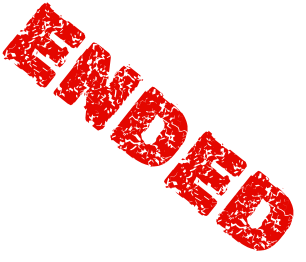
How did the IAEA, a diplomatic and political international organization, come to dominate scientific institutions with a long tradition in radiation protection?
Our GoalsOur Results
Living with Radiation is an exhibition that showcases the multifaceted history of radiation protection using images from a number of archives and photographic collections across the globe. It will be shown at the Siemens Healthineers MedMuseum, Erlangen, Germany. Duration: June 12 - August 31, 2025
View the invitation Open the website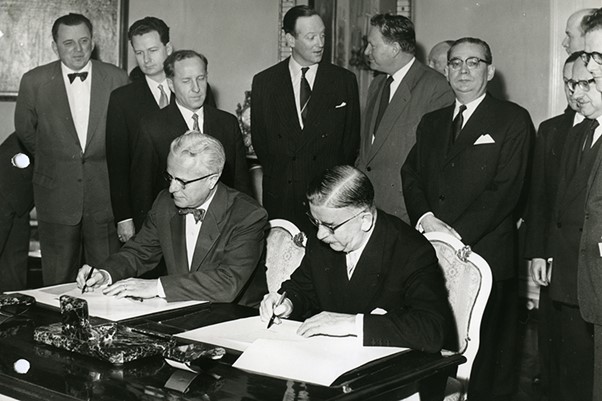
How did the International Atomic Energy Agency, a diplomatic and political international organization, come to dominate scientific institutions with a long tradition in radiation protection? Established in 1957, the IAEA has become the most influential player in implementing dosimetric methods worldwide and in establishing protocols of practice in medicine and industry. It is the only United Nations body with specific statutory responsibilities for radiation protection and safety in all sectors.
Using methods from history, philosophy, and sociology of science, HRP-IAEA bridges disciplines by bringing history of science together with the history of international organizations and diplomatic relations. It marked a diplomatic turn in the history of science as diplomacy became central in analyzing post-war nuclear science.
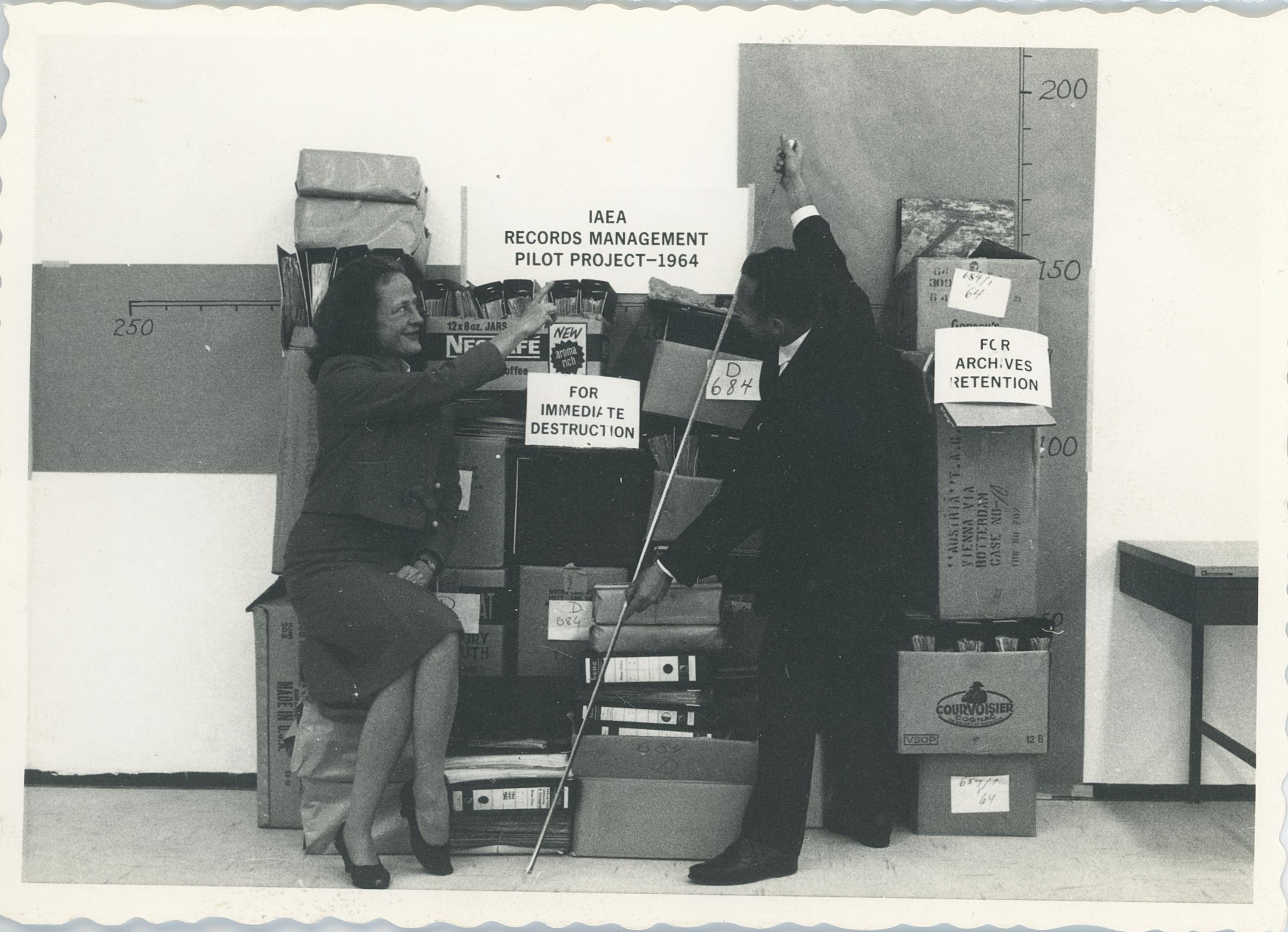
The Key to the project has been the textual analysis of published and unpublished sources we identified primarily in the IAEA archive and website. We benefited by archival research at WHO, the National Archives in College Park, the archives of the UN in New York, the Oak Ridge archives, the archives of the International Labor Office (ILO), the International Commission on Radiological Protection (ICRP) archives, amongst others. Using methods from many disciplines including history, philosophy and sociology of science and international history, we placed these texts in a social field of forces and - at the same time - attempted to analyze them conceptually.
Employing oral-history methodology, the project produced a rare oral-history resource on themes such as science diplomacy, the design and implementation of radiation protection strategies in multiple regulatory institutions, and technical assistance projects on radiation protection by the IAEA. It took us years to establish relations of mutual trust among those of we interviewed, and these face-to-face interviews provided us with valuable information.
We also used historical images as documentary points of entry to our case studies in order to provoke historical questions, to visualize sociological concepts and to collect quantifiable data.
What do you get when you combine knowledge, international backgrounds, excellent research, willingness to support your peer, and a friendly environment? The HRP-IAEA team. This project requires copious amounts of labor! Our team is highly international, interdisciplinary and strongly dedicated. We all aim to enhance our learning environment through hosting international meetings, organizing thematic schools, inviting senior and junior scholars in our field, conducting innovative and transnational research, and…having fun.
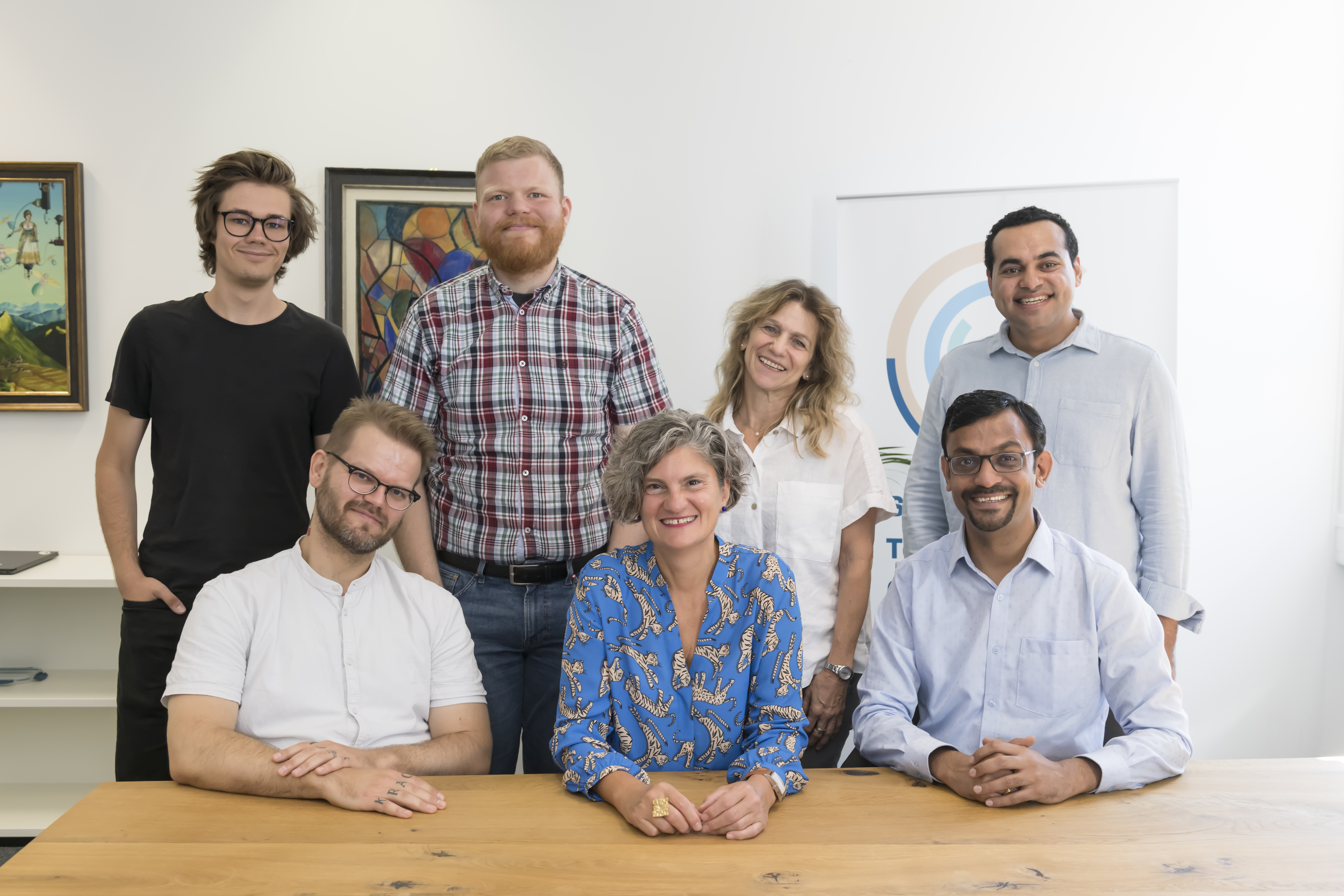
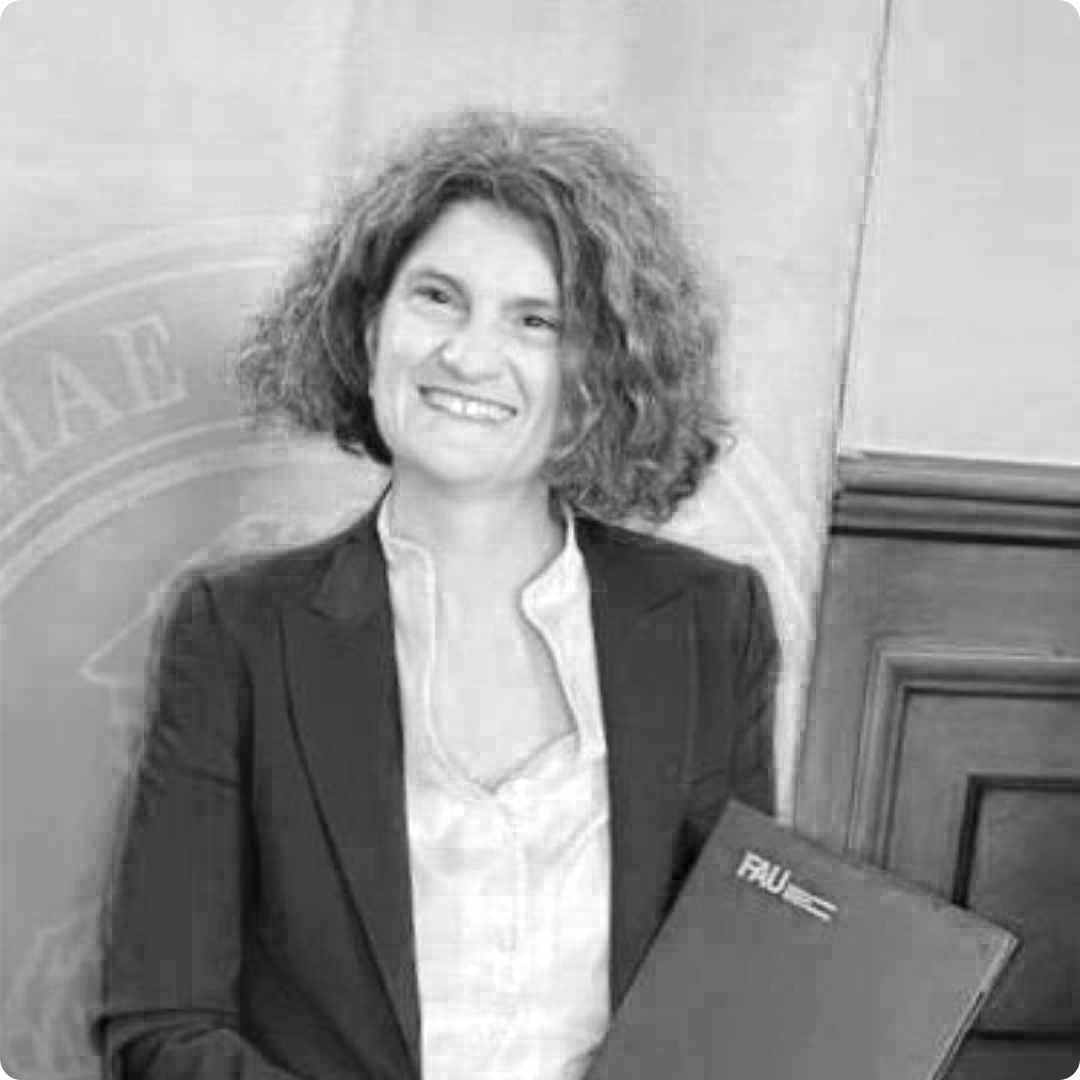







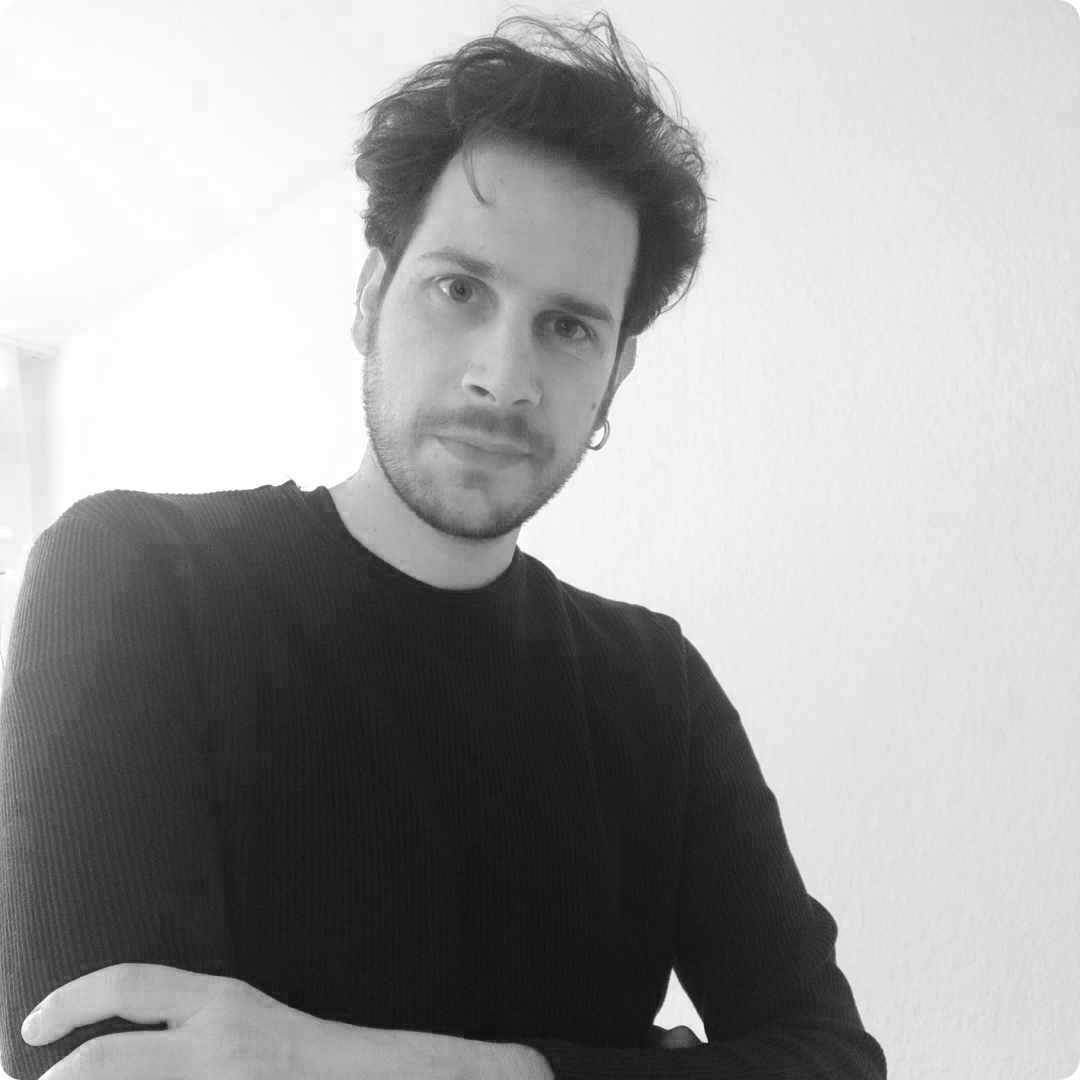
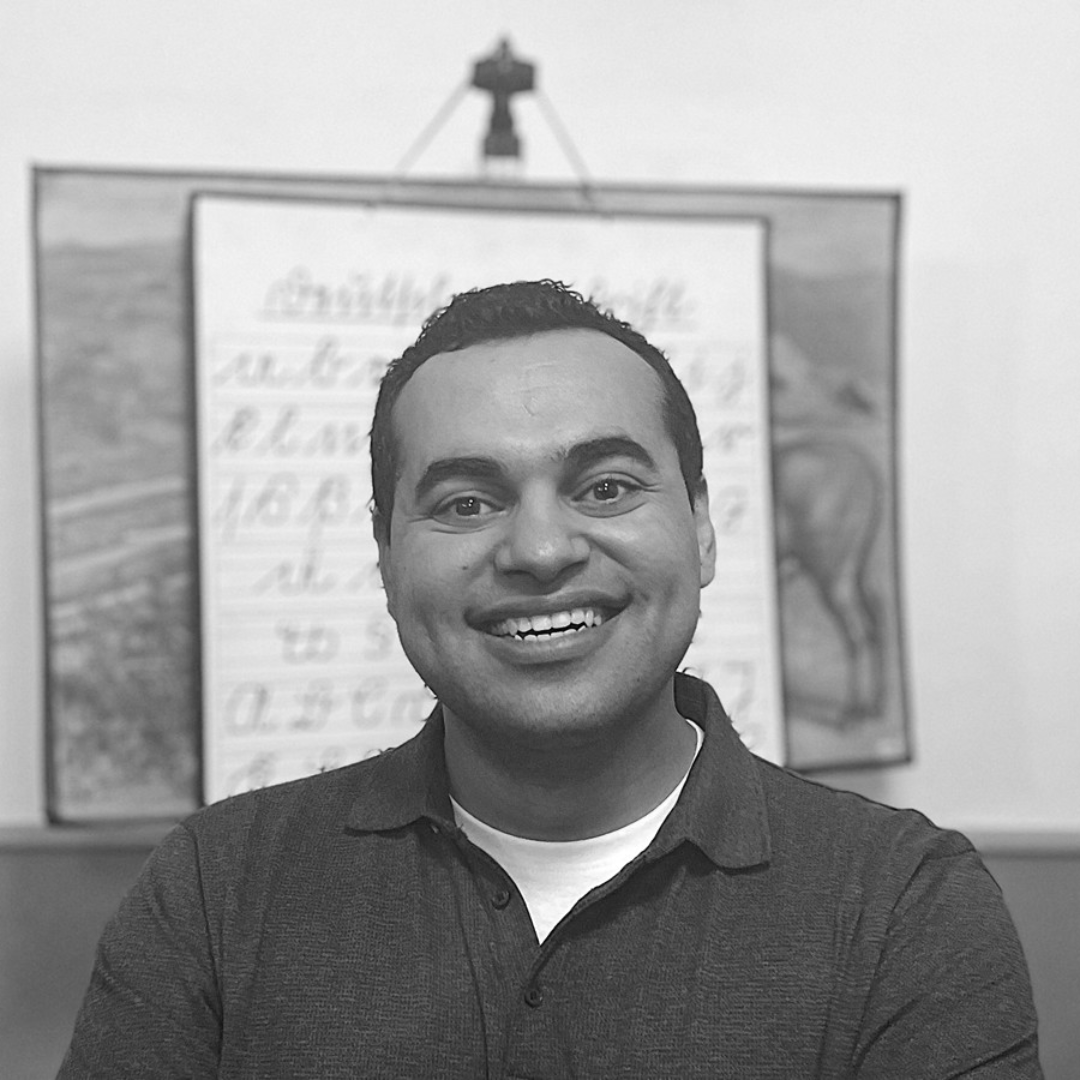
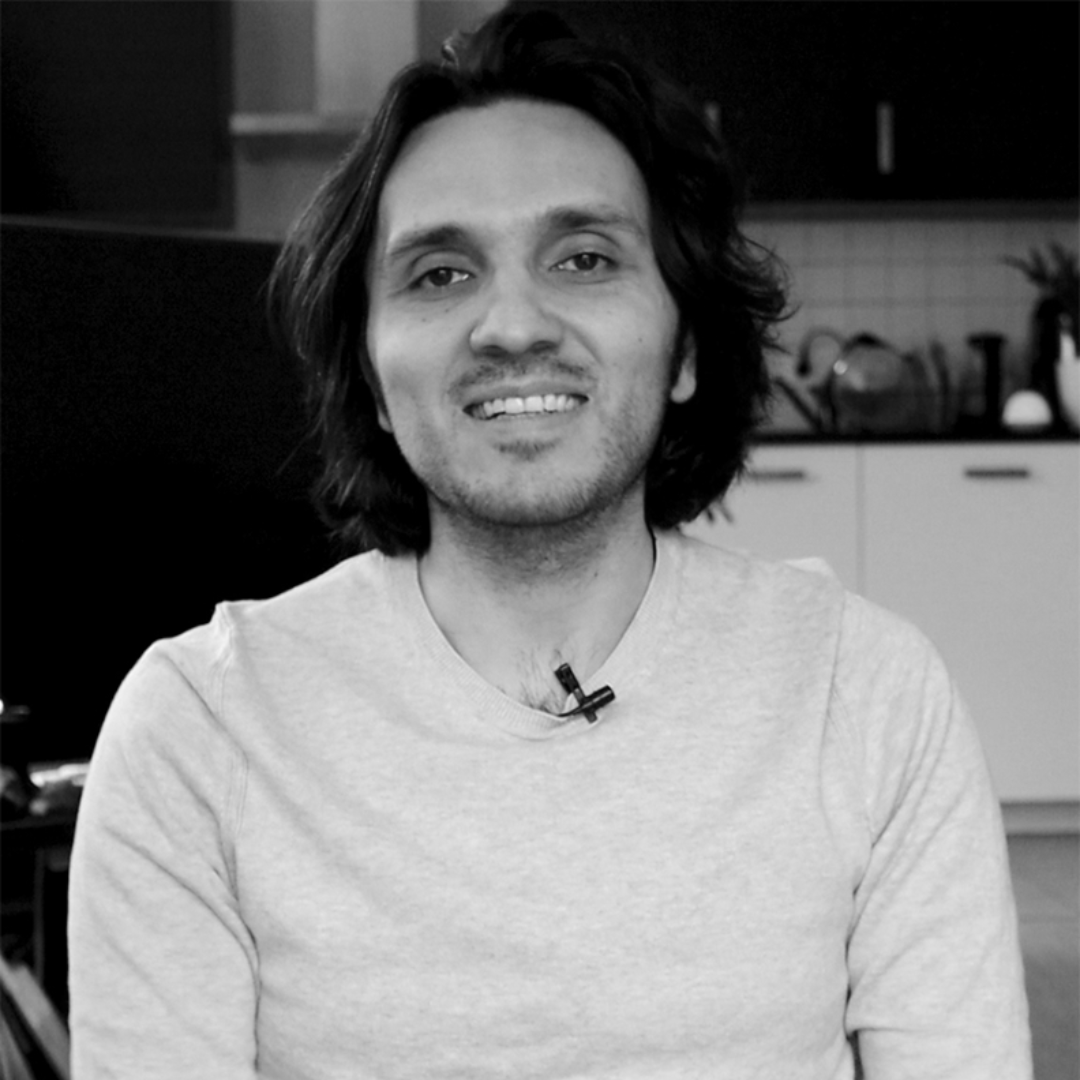

Rentetzi, Maria. Living with Radiation: A Visual History of Radiation Protection During the Long 20th century, Erlangen: Cleio Press. https://cleio-press.de
Rentetzi, Maria, Science Takes a Trip, Clavis Publishing [in Dutch and English]. https://www.clavisbooks.com/nl-nl/science-takes-a-trip.html
Rentetzi, Maria, Véronique Plata-Stenger, and Linda Richards. Asymmetries in the Nuclear World Order: How the UN Sustained the Power of the Nuclear Haves. Series Global Nuclear Histories, McGill-Queen University Press, (in preparation).
Rentetzi, Maria, and Emily Winterburn, eds. Gender, Colonialism and Science, 1750–1950: The Cosmos. New York: Routledge (under contract, in preparation).
Rentetzi, Maria, ed. The Missing Interaction: Science and Diplomacy in the Early Cold War, Brepols. (under contract, in press).
Rentetzi, Maria, Angela Creager, and Susan Lindee, eds. Negotiating Radiation Protection in the Nuclear Age, Pittsburgh: University of Pittsburgh Press. https://upittpress.org/books/9780822967804/
Mattes, Johannes, Cécile Philippe, Maria Rentetzi eds. “Nuclear Research in Medicine after the Second World War” Medical History (accepted, expected 2025).
Nielsen, Aske Hennelund and Maria Rentetzi, “Spotlight: Transnational History, Introduction” Almagest: Journal for the Transnational History of Technoscience 16(1): 14-21, https://www.brepolsonline.net/doi/abs/10.1484/J.ALMAGEST.5.150958
Rentetzi, Maria. “A ‘Gold Standard of Science’: Revisiting the Complex Ties Between Federal Power and Scientific Policy” Medical Research Archives, (in press).
Rentetzi, Maria. A “Gold Standard of Science”: Revisiting the Complex Ties Between Federal Power and Science Policy. Medical Research Archives, [S.l.], v. 13, n. 9, sep. 2025. ISSN 2375-1924. https://esmed.org/MRA/mra/article/view/6830
Rentetzi, Maria, and Loukas Freris. “How to Turn a Mobile Laboratory into a Diplomatic Bag: International Relations, the IAEA and Nuclear Diplomacy” History and Technology, 41(1), 27–52. https://doi.org/10.1080/07341512.2025.2494886
Dimitrokali, Myrto and Maria Rentetzi. “Lauriston Taylor: The Radiation Protection Man.” Medical Research Archives,” Medical Research Archives 13(5): 1-6, https://esmed.org/MRA/mra/article/view/6453
Rentetzi, Maria. “Splitting the Atom, Shattering Stability” in Uncertainty and the Quantum Revolution edited by Kaufmann, Derek and Ben Wilson, (in press)
Patil, Kapil, and Maria Rentetzi. “Between Too Strict or Too Lax: The IAEA and the Evolution of Nuclear Safety Standards.” In Negotiating Radiation Protection in the Nuclear Age, edited by Rentetzi, Maria, Angela Creager and Susan Lindee, Pittsburgh: University of Pittsburgh Press (in press).
Rentetzi, Maria, Kapil, Patil and Irina Fedorova. “The IAEA’s Scientific Advisory Committee.” In The Missing Interaction: Science and Diplomacy in the Early Cold War, Brepols (in press).
Freris, Loukas and Maria Rentetzi, “‘One woman started it all’ Gendered Approaches to the Governance of Knowledge in Postwar Greece,” in Women, Gender, and Technosciences 1900–2020. A Beard to Govern edited by Isabelle Lémonon and Grégory Dufaud, 141-159. New York: Routledge: 2025. https://doi.org/10.4324/9781003562597 https://www.taylorfrancis.com/reader/download/a74edfdb-2b6b-4269-bbb7-383b13f6d88f/chapter/pdf?context=ubx
Rentetzi, Maria. “Warum Physiker auch die Geisteswissenschaften beachten sollten” DUZ Magazin, March 21, 2025: 16-17 https://www.duz.de/beitrag/!/id/1715/sehr-viel-wertvoller-als-von-vielen-gedacht
Rentetzi, Maria. “Science on a Trip: Bringing History of Nuclear Science to Children” HSS Newsletter, 54(1): 7-11, January 2025, https://cdn.ymaws.com/hssonline.org/resource/resmgr/newsletter_archive/q1_2025_newsletter.pdf
"Kavala: Living with Radiation — A Book by Dr. Maria Rentetzi." Interview by Vasilis Lolidis. Athens–Macedonian News Agency (AMNA), August 7, 2025. https://www.amna.gr/macedonia/article/924421/Kabala-Zontas-me-ti-radienergeia---Ena-biblio-apo-ti-Dr-Maria-Rentetzi [in Greek]
“Radioactive Scientific Dreams and Socio-Political Nightmares." Interview by Spyros Manouselis. Efimerida ton Syntakton, July 12, 2025. https://www.efsyn.gr/epistimi/mihanes-toy-noy/478757_radienerga-epistimonika-oneira-kai-koinonikopolitikoi-efialtes [in Greek]
“Nuklear Technologie im Mittelpunkt” Interview by Antje Schönherr Erlanger Nachrichten, June 28, 2025.
Patil, Kapil. “Book Review: Ploughshares and Swords: India’s Nuclear Program in the Global Cold War by Jayita Sarkar.” Journal of Contemporary History 60: 145–147. https://journals.sagepub.com/doi/10.1177/00220094241307428e
Rentetzi, Maria. “Colonial Cultures of Vision: How to Locate a Diamond in a Human Body.” Endeavour. 48(4):1-7. https://www.sciencedirect.com/science/article/pii/S0160932724000541?via%3Dihub
Hennelund Nielsen, Aske and Maria Rentetzi. “Radium Boxes: On the Early History of the Transportation of Radioactive materials.” Medical Research Archives. 2024. 12(11): 1-8. https://esmed.org/MRA/mra/article/view/5935
Hennelund Nielsen, Aske and Maria Rentetzi. “The Search for Radiation Standards and Science Diplomacy in the Interwar Period.” Physics in Perspective. 26: 237-267. https://link.springer.com/article/10.1007/s00016-024-00319-4
Rentetzi, Maria and Aske Hennelund Nielsen. “Setting Radiation Protection Standards: The First Radiology Congress in 1925.” Medical Research Archives. 12(6): 1-7. https://esmed.org/MRA/mra/article/view/5445
Rentetzi, Maria. “The Postcolonial Battle of Tracking Russia’s Diamonds”, Diplomatic Courier, June 1, 2024. https://www.diplomaticourier.com/posts/postcolonial-battle-tracking-russias-diamonds
Rentetzi, Maria. “Introduction: Roundtable review on Elisabeth Roehrlich, Inspectors for Peace,” H-Diplo 22 January 2024. https://networks.h-net.org/group/discussions/20018898/h-diplorjissf-roundtable-review-15-24-roehrlich-inspectors-peace
Patil, Kapil. “In Pursuit of ‘Man-Made Evolution’.” Agricultural History 98: 674–701. https://doi.org/10.1215/00021482-11407770
Germanese, Donatella. “The Ingredients of a Successful Atomic Exhibition in Cold War Italy.” Annals of Science 80: 10–37. https://www.tandfonline.com/doi/full/10.1080/00033790.2022.2164794
Rentetzi, Maria, ed. The Gender of Things: How Epistemic and Technological Objects Become Gendered. New York: Routledge. https://www.routledge.com/The-Gender-of-Things-How-Epistemic-and-Technological-Objects-Become-Gendered/Rentetzi/p/book/9781032459127?srsltid=AfmBOooQHrzrlTMBvSUeyc9yusEwtWrJqy8kUskpBzQMc3h0xnZ_LqDP
Rentetzi, Maria, and Donatella Germanese, eds. “Science Diplomacy on Display: Mobile Atomic Exhibitions in the Cold War.” Annals of Science 80(1): 1–9,https://www.tandfonline.com/doi/full/10.1080/00033790.2023.2166114
Rentetzi, Maria. “Gendering Things” In The Gender of Things: How Epistemic and Technological Objects Become Gendered, edited by Maria Rentetzi. 1-19. New York: Routledge, 2023. https://doi.org/10.4324/9781003379225-1
Rentetzi, Maria. “Godofredo and Françoise Travel Around the World: Phantoms, Radioiodine Uptake Tests, and the IAEA’s Standardization Projects.” In The Gender of Things: How Epistemic and Technological Objects Become Gendered, edited by Maria Rentetzi. 65-83. New York: Routledge, 2023. https://doi.org/10.4324/9781003379225-6
Rentetzi, Maria. “Diplomacies in Plural: How Much Diplomatic Power Does Science Have?” DAAD Letter, (2)2023. https://www.letter-daad.de/de/science-diplomacy/diplomatien-im-plural/
Patil, Kapil. “Pokhran II and India’s Nuclear Energy Rise: Trends and Challenges.” Observer Research Foundation, May 10. https://www.orfonline.org/expert-speak/pokhran-ii-and-indias-nuclear-energy-rise
Nielsen, Aske Hennelund. “Article Review 164: Nielson on Bjørnsson, ‘Negotiating Armageddon’.” H-Diplo | RJISSF, November 16. https://issforum.org/ISSF/PDF/JAR-164.pdf
Nielsen, Aske Hennelund, Kapil Patil, Loukas Freris, and Mohamed Elsayed. “Nuclear Research in Medicine after the Second World War.” H-Soz-Kult, Vienna. https://www.hsozkult.de/conferencereport/id/fdkn-137118
Rentetzi, Maria. Seduced By Radium: How Industry Transformed Science in the American Marketplace. Pittsburgh: University of Pittsburgh Press. https://upittpress.org/books/9780822947066/
Rentetzi, Maria, ed. “The Politics of Radiation Protection.” NTM: Journal of the History of Science, Technology and Medicine 30(2): 125–35. https://link.springer.com/article/10.1007/s00048-022-00332-z
Rentetzi, Maria. 2022. “The Japanese Art of Bowing and the Nuclear Anthropocene.” Anthropocene Curriculum, April 22, 2022. https://www.anthropocene-curriculum.org/contribution/the-japanese-art-of-bowing-and-the-nuclear-anthropocene
Rentetzi, Maria. “The Male Business of Nuclear Diplomacy.” Nuclear Newswire, November 30, 2022. https://www.ans.org/news/tag-maria%20rentetzi/
Rentetzi, Maria, and Spyros Petrounakos. “Frontline Health Diplomacy Must Incorporate Diplomacy and Ethics.” Diplomatic Courier, October 15, 2022, https://www.diplomaticourier.com/posts/frontline-health-diplomacy-must-incorporate-philosophy-and-ethics
Rentetzi, Maria. “Why Scientific Sanctions Do Not Work.” Diplomatic Courier, May 31, 2022. https://www.diplomaticourier.com/posts/scientific-sanctions-do-not-work
Patil, Kapil, and Maria Rentetzi. “War in Ukraine Heralds a More Personalized and Politicized Science Diplomacy.” London School of Economics Research Online, August 12, 2022. http://eprints.lse.ac.uk/116517/
Rentetzi, Maria and Kapil Patil. “Ukraine War and the Abiding Hope of Science Diplomacy.” Diplomat Magazine, July 31, 2022. https://diplomatmagazine.eu/2022/07/31/ukraine-war-and-the-abiding-hope-of-science-diplomacy/
Rentetzi, Maria. Review of Radiation Evangelists: Technology, Therapy and Uncertainty at the Turn of the Century, by Jeffrey Womack. Technology and Culture 63, no. 4 (2022): 1230–32. https://pubmed.ncbi.nlm.nih.gov/36341639/
“Lexikon of Chemical Elements: Plutonium. Kate Brown and Maria Rentetzi.” Interview by Monika Halkort. Radiokolleg, Ö1, August 22, 2022 (radio interview).
“Wissenschaftsdiplomatie.” Interview by Boris Mijat. alexander: Neues aus der Friedrich-Alexander-Universität 119, no. 2 (2022): 8–10. https://www.stgs.fau.de/files/2022/11/Rentetzi_Alexander_Nov.-2022.pdf
“Fem Ciencia? Dones, Practiques Commemoratives I Cultura Cientifica.” Interview by Mar Rivera Colomer, April 2022. https://www.youtube.com/watch?v=SLePfrKeAMY
“Was halten Sie von Sanktionen? ‘In der Forschung waren sie überstürzt.’” Interview by Anna-Lena Scholz. Die ZEIT, June 10, 2022. https://www.zeit.de/2022/24/wissenschaft-diplomatie-russland-krieg-maria-rentetzi?utm_referrer=https%3A%2F%2Fwww.google.com%2F [in German]
“Science Diplomacy.” Interview by Deborah Steinborn. ZEIT Campus, July 18, 2022. https://www.zeit.de/campus/zeit-germany/2022/01/interview-science-diplomacy
Patil, Kapil. “Reinforcing Nuclear Safety Norms is Vital for the Future of Nuclear Power.” European Leadership Network, June 28. https://www.europeanleadershipnetwork.org/commentary/reinforcing-nuclear-safety-norms-is-vital-for-the-future-of-nuclear-power/
Patil, Kapil. “After Ukraine, Nuclear Safety Can No Longer Be Left to Chance.” The National Interest, April 16. https://nationalinterest.org/feature/after-ukraine-nuclear-safety-can-no-longer-be-left-chance-201781
Richards, Linda M. “1945–1964 WHO’s Right to Health?” NTM: Zeitschrift für Geschichte der Wissenschaften, Technik und Medizin 30(2): 137–165. https://link.springer.com/article/10.1007/s00048-022-00333-y
Romero de Pablos, Ana. “Atomic Technologies and Nuclear Safety Practices in Spain During the 1960s.” NTM: Zeitschrift für Geschichte der Wissenschaften, Technik und Medizin 30(2): 197–221. https://link.springer.com/article/10.1007/s00048-022-00335-w
DiMoia, John P. “Health Physics (보건 물리) in South Korea: Building a Research Community in a Post-Colonial Society, 1959–early 1970s.” NTM: Zeitschrift für Geschichte der Wissenschaften, Technik und Medizin 30(2): 223–244. https://link.springer.com/article/10.1007/s00048-022-00334-x
Barahona, Ana. “Radiation Risk in Cold War Mexico: Local and Global Networks.” NTM: Zeitschrift für Geschichte der Wissenschaften, Technik und Medizin 30(2): 245–270. https://link.springer.com/article/10.1007/s00048-022-00331-0
Ito, Kenji, and Maria Rentetzi, eds. “The Co-production of Nuclear Science and Diplomacy: Towards a Transnational Understanding of Nuclear Things.” History and Technology 37(1): 4–20. https://www.tandfonline.com/doi/full/10.1080/07341512.2021.1905462
Rentetzi, Maria, and Kenji Ito, eds. “The Material Culture and Politics of Artifacts in Nuclear Diplomacy.” Centaurus 63(2): 233–43. https://onlinelibrary.wiley.com/doi/full/10.1111/1600-0498.12394
Rentetzi, Maria. “The Global Experiment: How the International Atomic Energy Agency Proved Dosimetry to Be a Techno-Diplomatic Issue.” NTM: Journal of the History of Science, Technology and Medicine 37 (1): 167–95, https://link.springer.com/article/10.1007/s00048-022-00336-9
Rentetzi, Maria, Flavio D’Abramo, and Roberto Lalli. “Diplomacy in the Time of Cholera.” Sociology of Science and Technology 12(1): 34–41. https://pure.mpg.de/rest/items/item_3566477_7/component/file_3566485/content
Kyrtsis, Alexandros-Andreas, and Maria Rentetzi. “From Lobbyists to Backstage Diplomats: How Insurers in the Field of Third-Party Liability Shaped Nuclear Diplomacy.” History and Technology 37(1): 25–43. https://www.tandfonline.com/doi/full/10.1080/07341512.2021.1893999
Rentetzi, Maria. “A Comment on Nuclear Safety and Radiation Protection from a Historian of Science.” Cancer Studies and Therapeutics 6(1): 1–2. https://doi.org/10.31038/CST.2021614 https://researchopenworld.com/a-comment-on-nuclear-safety-and-radiation-protection-from-a-historian-of-science/
Rentetzi, Maria. “With Strings Attached: Gift-Giving to the International Atomic Energy Agency and US Foreign Policy.” Endeavor 45(1–2): 1-10. https://www.sciencedirect.com/science/article/pii/S0160932721000090?via%3Dihub
Rentetzi, Maria. “From Securing the State to Safeguarding the Atom: The Relevance of History to Nuclear Diplomacy.” Science Diplomacy Review 3(1): 3–12. https://fisd.in/sites/default/files/Publication/SDR_April-2021.pdf
Creager, Angela, and Maria Rentetzi. “Sharing the ‘Safe’ Atom? The International Atomic Energy Agency and Nuclear Regulation Through Standardization.” In Living in a Nuclear World: Order, Knowledge, and Normalization, edited by Bernadette Bensaude-Vincent, Soraya Boudia, and Kyoko Sato, 111–31. New York: Routledge, 2021. https://doi.org/10.4324/9781003227472-8
Jacobsen, Lif Lund, Irina Federova, and Julia Lajus. “The Seismograph as a Diplomatic Object: The Soviet–American Exchange of Instruments, 1958–1964.” Centaurus 63: 277–295. https://onlinelibrary.wiley.com/doi/full/10.1111/1600-0498.12393
Bauer, Susanne, Martina Schlünder, and Maria Rentetzi, eds. Boxes: A Field Guide. Manchester: Mattering Press. https://www.matteringpress.org/books/boxes
Rentetzi, Maria. “Cardboard Box: The Politics of Materiality.” In Boxes: A Field Guide, edited by Susanne Bauer, Martina Schlünder, and Maria Rentetzi, 443–58. Manchester: Mattering Press. https://pure.mpg.de/pubman/faces/ViewItemOverviewPage.jsp?itemId=item_3250620
Rentetzi, Maria. “Black-boxing Knowledge: Glass Dosimeters and Governmental Control.” In Boxes: A Field Guide, edited by Susanne Bauer, Martina Schlünder, and Maria Rentetzi, 481–92. Manchester: Mattering Press.
Rentetzi, Maria. “The Epistemology of the Familiar: A Hymn to Pandora.” In Boxes: A Field Guide, edited by Susanne Bauer, Martina Schlünder, and Maria Rentetzi, 35–44. Manchester: Mattering Press.
Rentetzi, Maria. “Why Women Scientists Thrived at the Radium Institute in Interwar Vienna.” Vienna Quantum Café Blog, May 18, 2020, https://www.iqoqi-vienna.at/blogs/blog/why-women-scientists-thrived-at-the-radium-institute-in-interwar-vienna
Rentetzi, Maria. “Diplomatic Studies of Science: The Nuclear Diplomacies Workshop in Japan and Greece.” HSS Newsletter, January 2019: 9–12,https://cdn.ymaws.com/hssonline.org/resource/resmgr/newsletter_archive/hss-nl-2019-vol48-n1-jan.pdf
“The Japanese Art of Bowing as Part of Nuclear History.” Prisma Avgi Newspaper, October 1, 2019. https://www.avgi.gr/entheta/prisma/326023_i-iaponiki-tehni-tis-ypoklisis-os-ptyhi-tis-istorias-tis-aktinoprostasias [in Greek]
“Living with Radiation: Safety Culture and Standardization.” Prisma Avgi Newspaper, October 1, 2019. https://www.avgi.gr/entheta/prisma/326024_zontas-me-ti-radienergeia-i-nootropia-asfaleias-kai-i-politiki-tis
“How Well do We know Radiation? An Interview with the Director of the Greek AEC.” Prisma, October 1, 2019. https://www.avgi.gr/entheta/prisma/326020_poso-kala-gnorizoyme-tis-aktinobolies
Rentetzi, Maria. Review of David Holloway and Leopoldo Nuti. “Aspects of the Global Nuclear Order in the 1970s,” special issue of International History Review 40, no. 5 (2018). H-Diplo RJISSF, July 12, 2019. https://issforum.org/articlereviews/22-aspects
Rentetzi, Maria. Review of The Woman who Knew Too Much: Alice Stewart and the Secrets of Radiation, by Gayle Greene. British Journal for History of Science 52, no. 1 (2019): 176–78. https://doi.org/10.1017/S000708741900013X
“A Woman in Science Needs to Always Prove Herself.” Interview by Mariniki Koliaraki. 3Point Magazine, May 29, 2019. https://3pointmagazine.gr/μαρία-ρεντετζή-μια-γυναίκα-στην-επισ/ [in Greek].
“New Era of Science Diplomacy, Especially Nuclear Diplomacy.” Interview by Vasiliki Michopoulou. Euroscientist, February 21, 2019. https://www.euroscientist.com/new-era-of-science-diplomacy-especially-nuclear-diplomacy/ [in Greek].